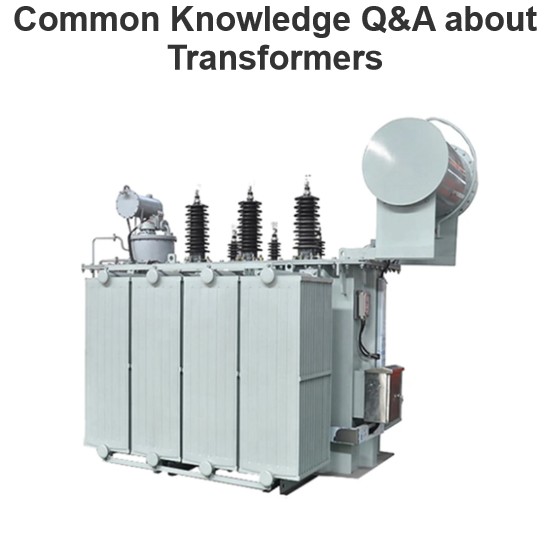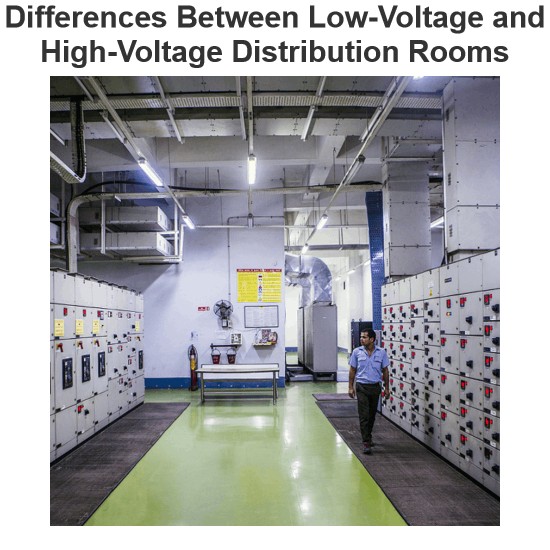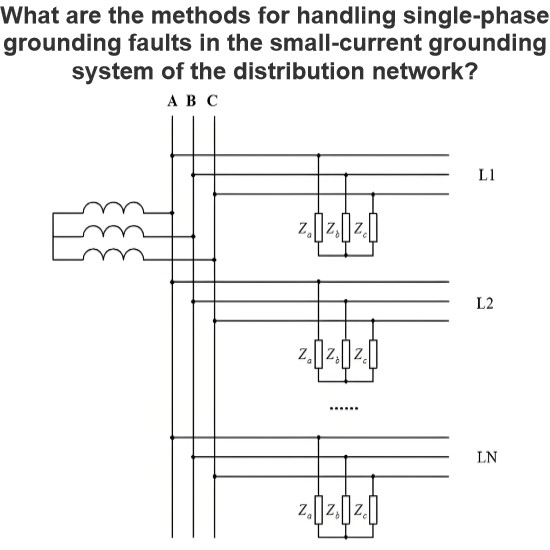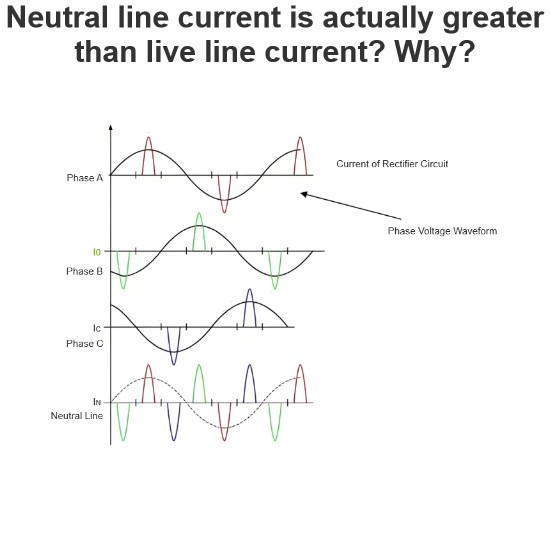| Brand | Switchgear parts |
| Model NO. | Single core outdoor cold shrink terminal |
| Rated voltage | 24kV |
| Series | WLS |
ISelf-reset shrink cable accessories is a kind of new cable accessories which is prefabricated by adopting high elasticity silicon rubber. This Iproduct is provided with special dielectric property, the performance of resistance against tracking and corrosion are strong, special water ab sorption rate, the constant shrinkage force, and it will not be insulation dead angle because the cable is bended. When it is installed at locale, it need not the heat source and special tool, so it improves the safety and reliability of product. This product has many other advantages else, such as excellent capability, novel construction and convenient installation, when you use it, you use it,you only need to tear the plank, and then it will self reset. This product is widely used in the following fields: electric power, communication, war industry, metallurgy, mining and petroleum chemical I industry, etc.
Serial No |
Product name |
Spec model |
Applicable of cable cross-section mm² |
1 Core |
|||
1 |
26/35kV Cold shrinkable outdoor terminal kit |
WLS - 35/1.1 |
50 - 120 |
2 |
WLS - 35/1.2 |
150 - 240 |
|
3 |
WLS - 35/1.3 |
300 - 400 |
|
4 |
WLS - 35/1.4 |
500 |
|
5 |
12/20kV Cold shrinkable outdoor terminal kit |
WLS - 20/1.1 - 1/2 |
25 - 50 |
6 |
WLS - 20/1.2 - 1/2 |
70 - 120 |
|
7 |
WLS - 20/1.3 - 1/2 |
150 - 240 |
|
8 |
WLS - 20/1.4 - 1/2 |
300 - 400 |
|
9 |
8.7/15kV Cold shrinkable outdoor terminal kit |
WLS - 15/1.1 |
25 - 50 |
10 |
WLS - 15/1.2 |
70 - 120 |
|
11 |
WLS - 15/1.3 |
150 - 240 |
|
12 |
WLS - 15/1.4 |
300 - 400 |
|
13 |
WLS - 15/1.5 |
500 - 630 |






